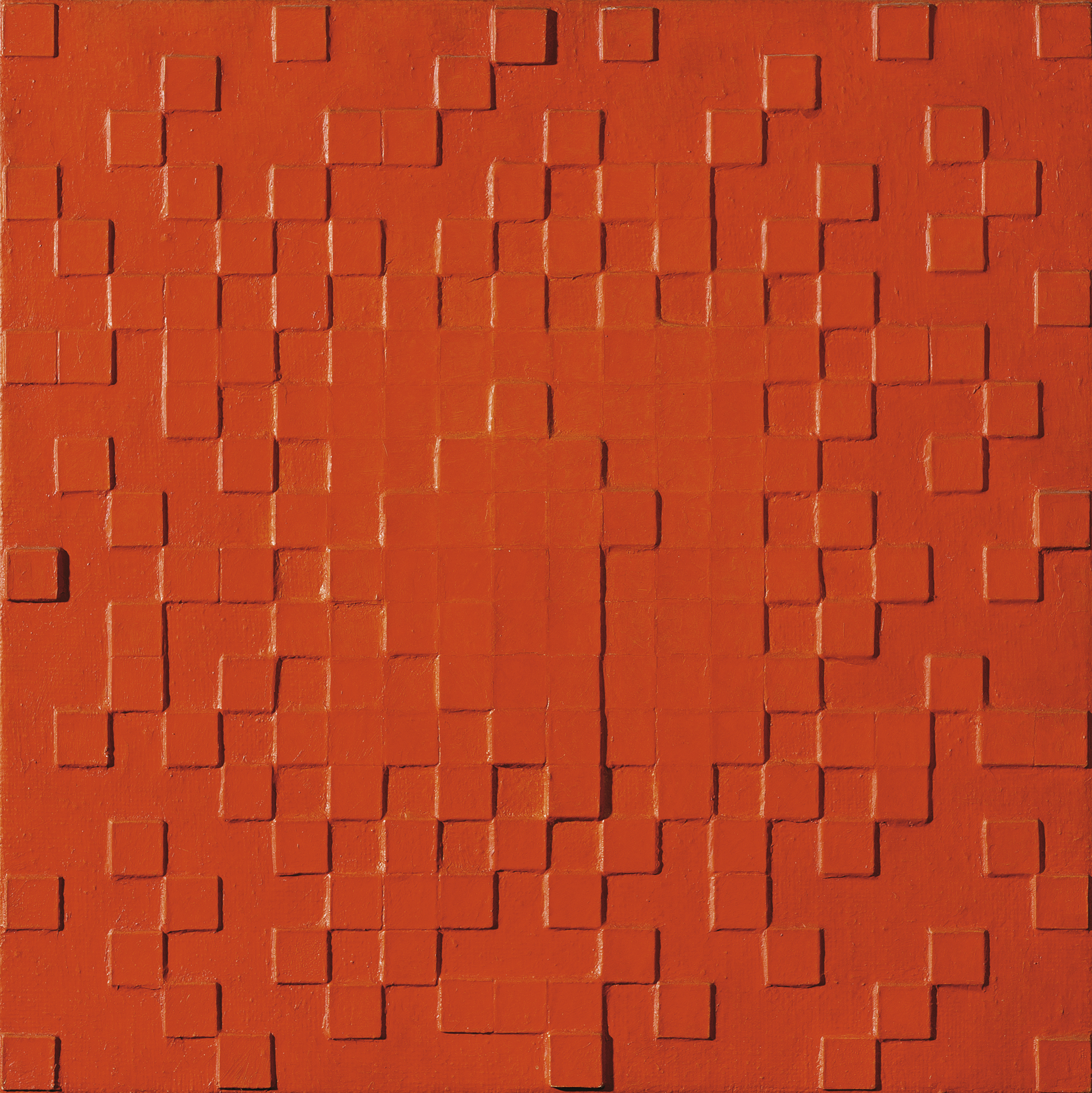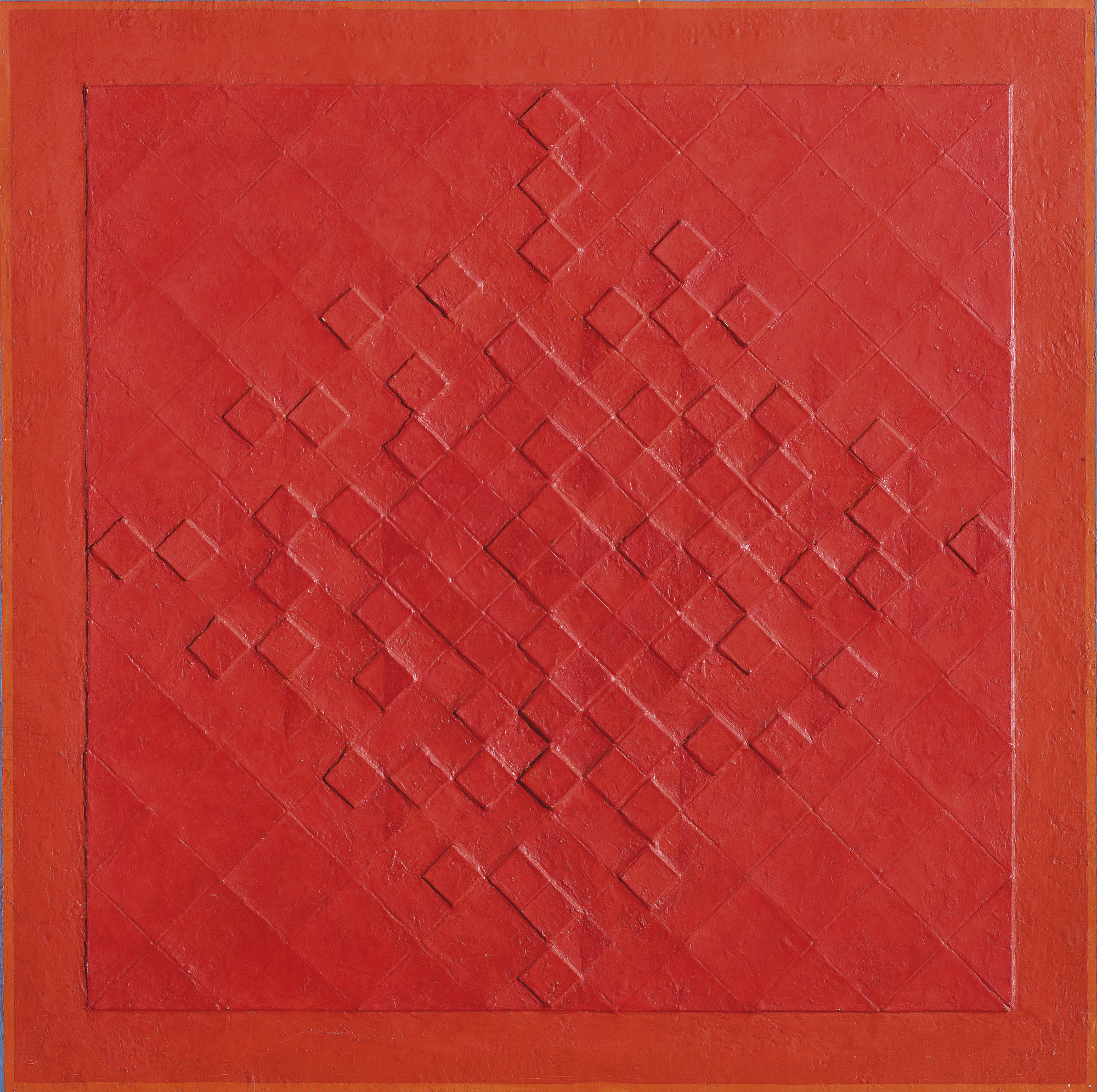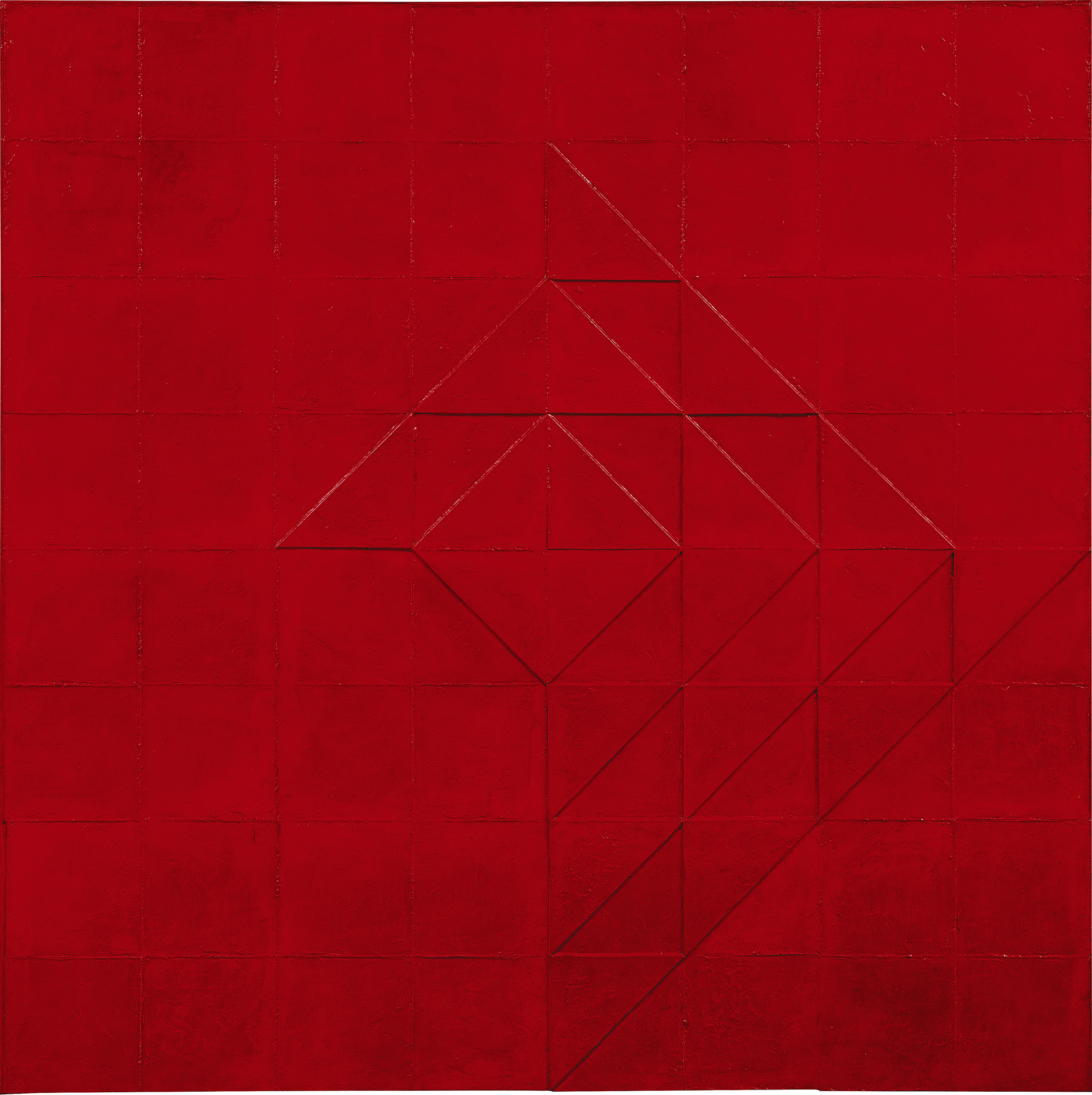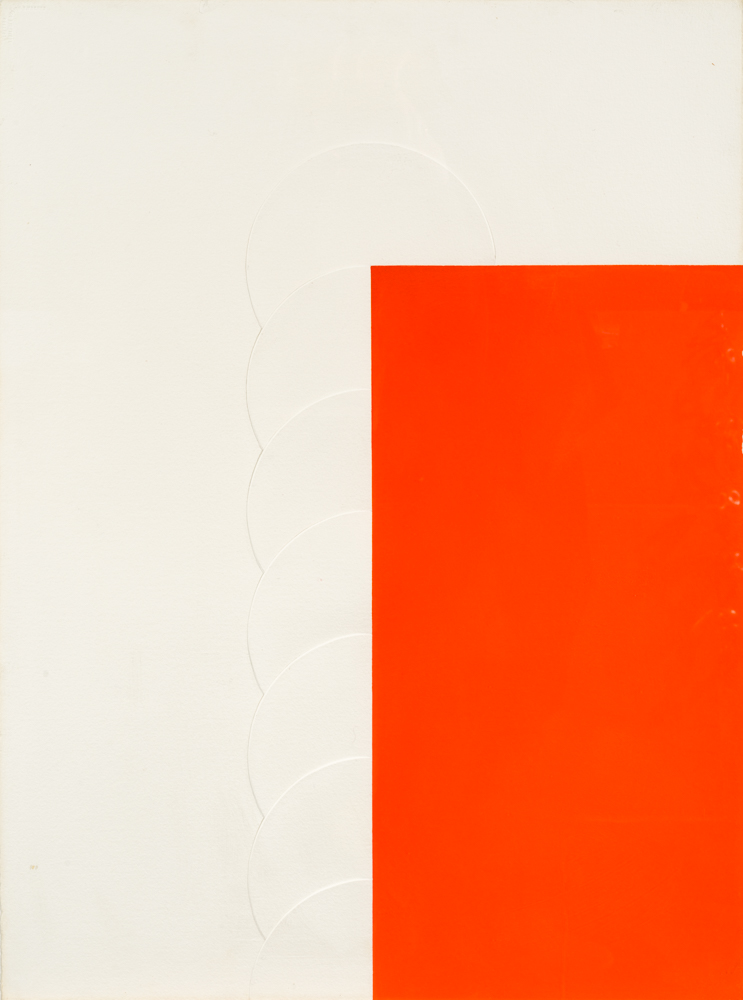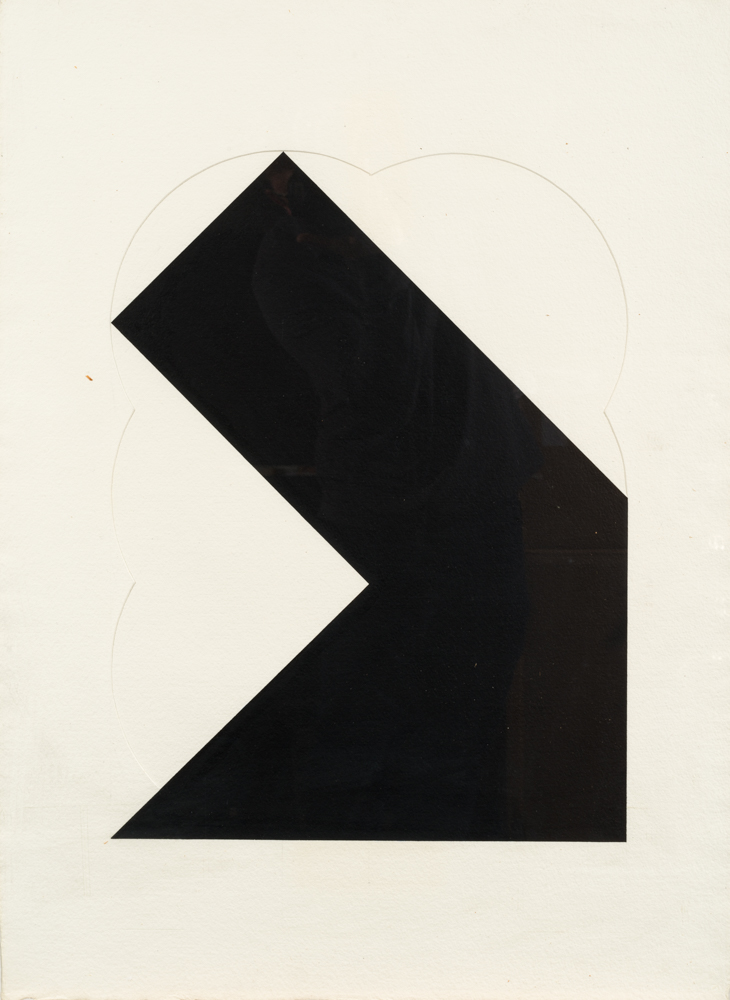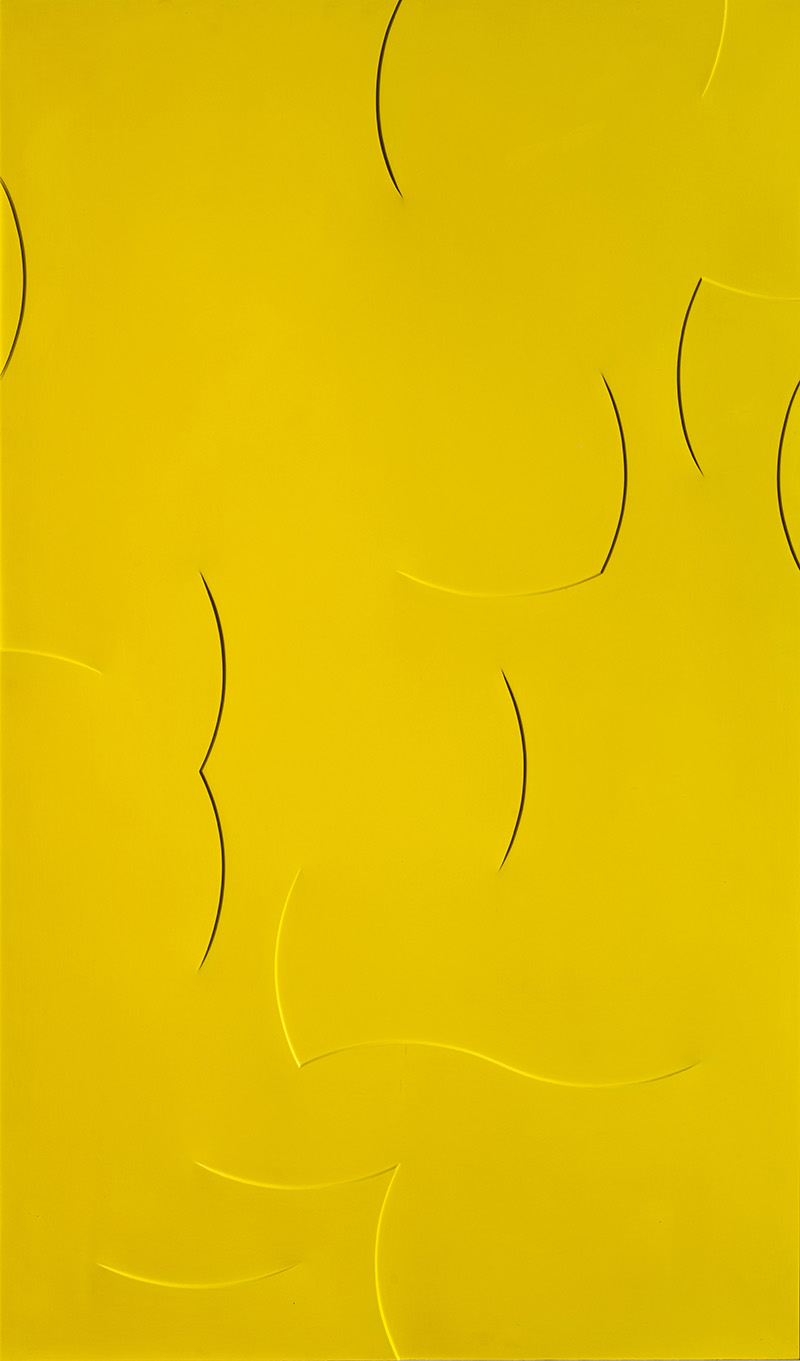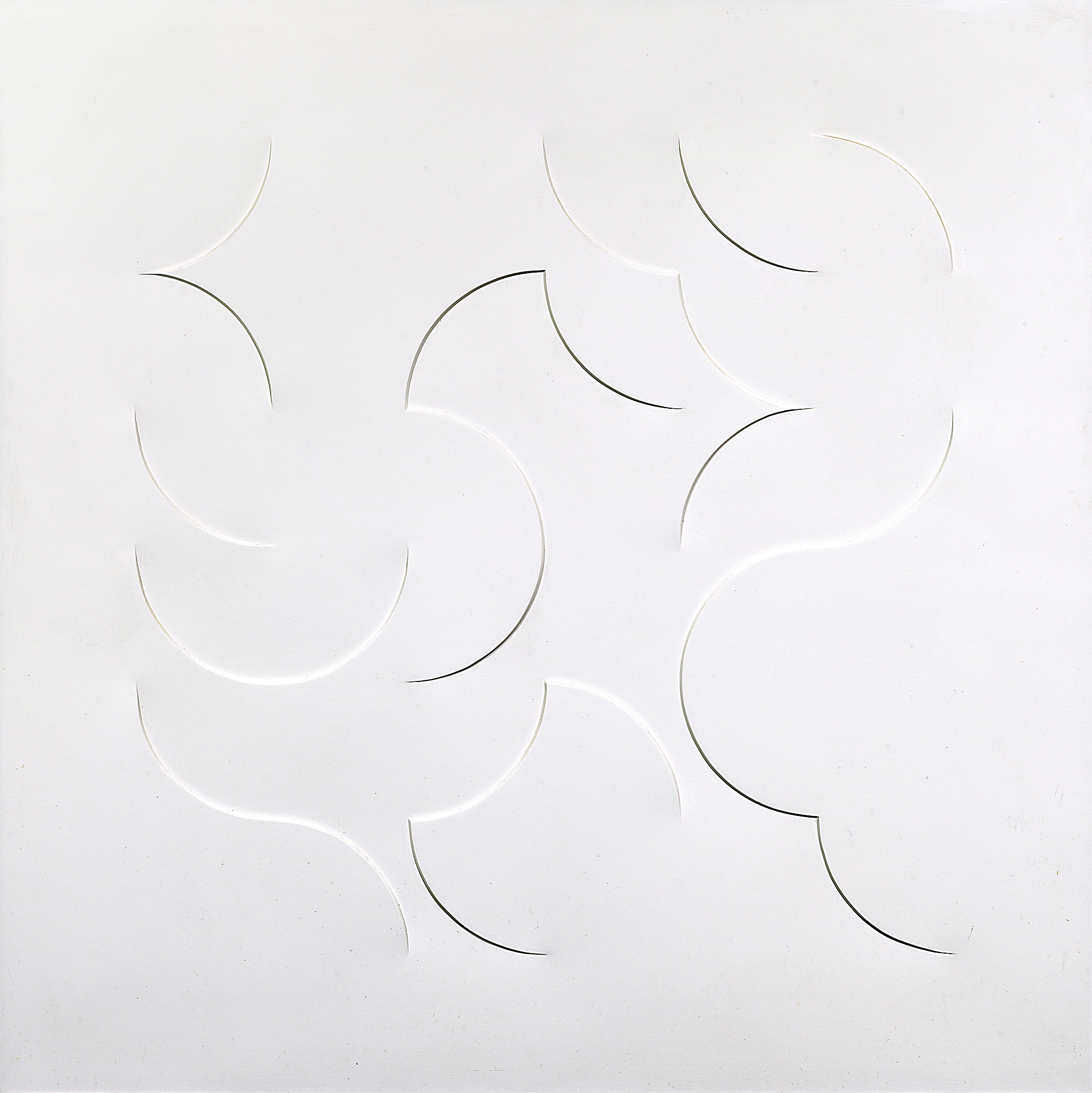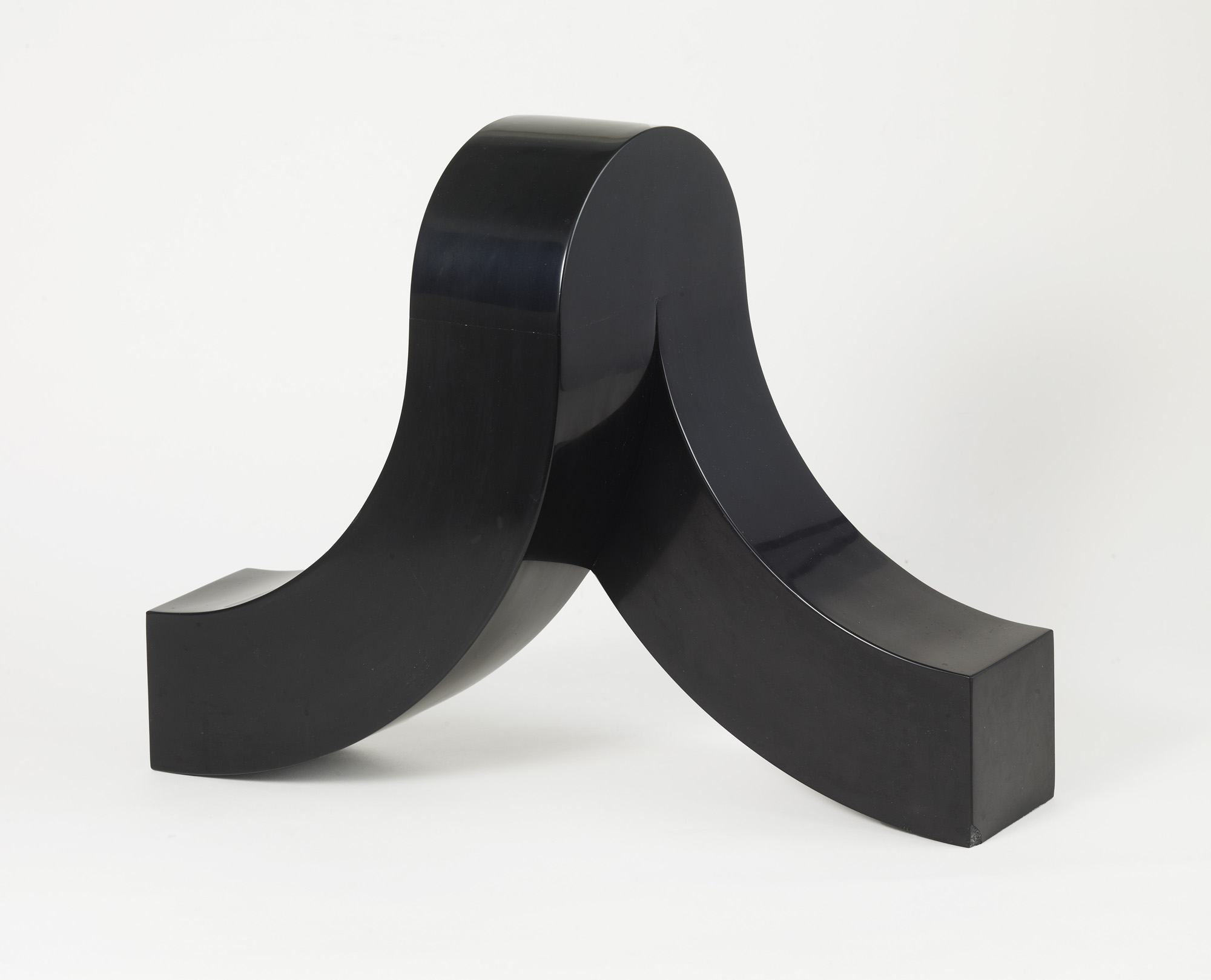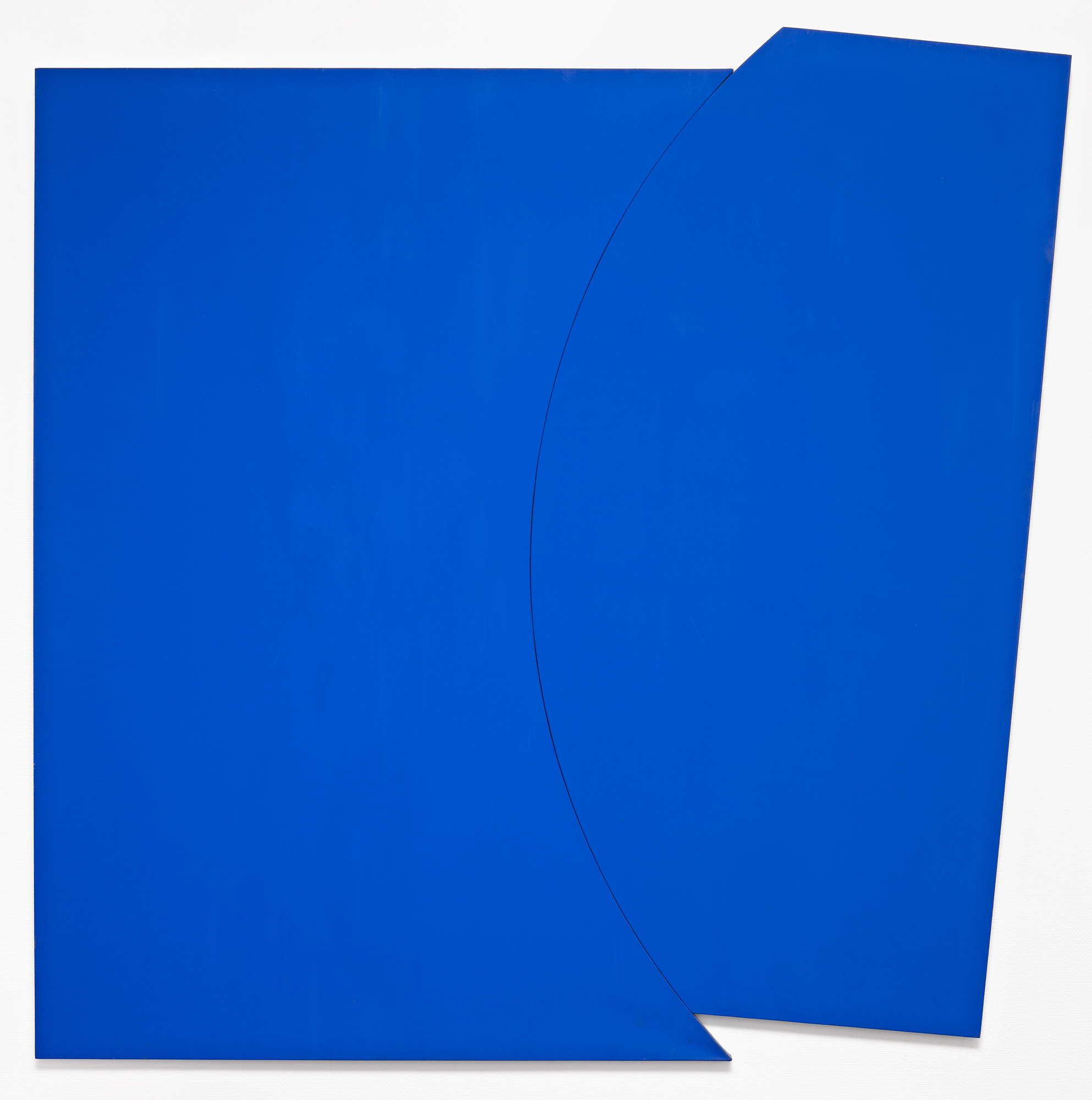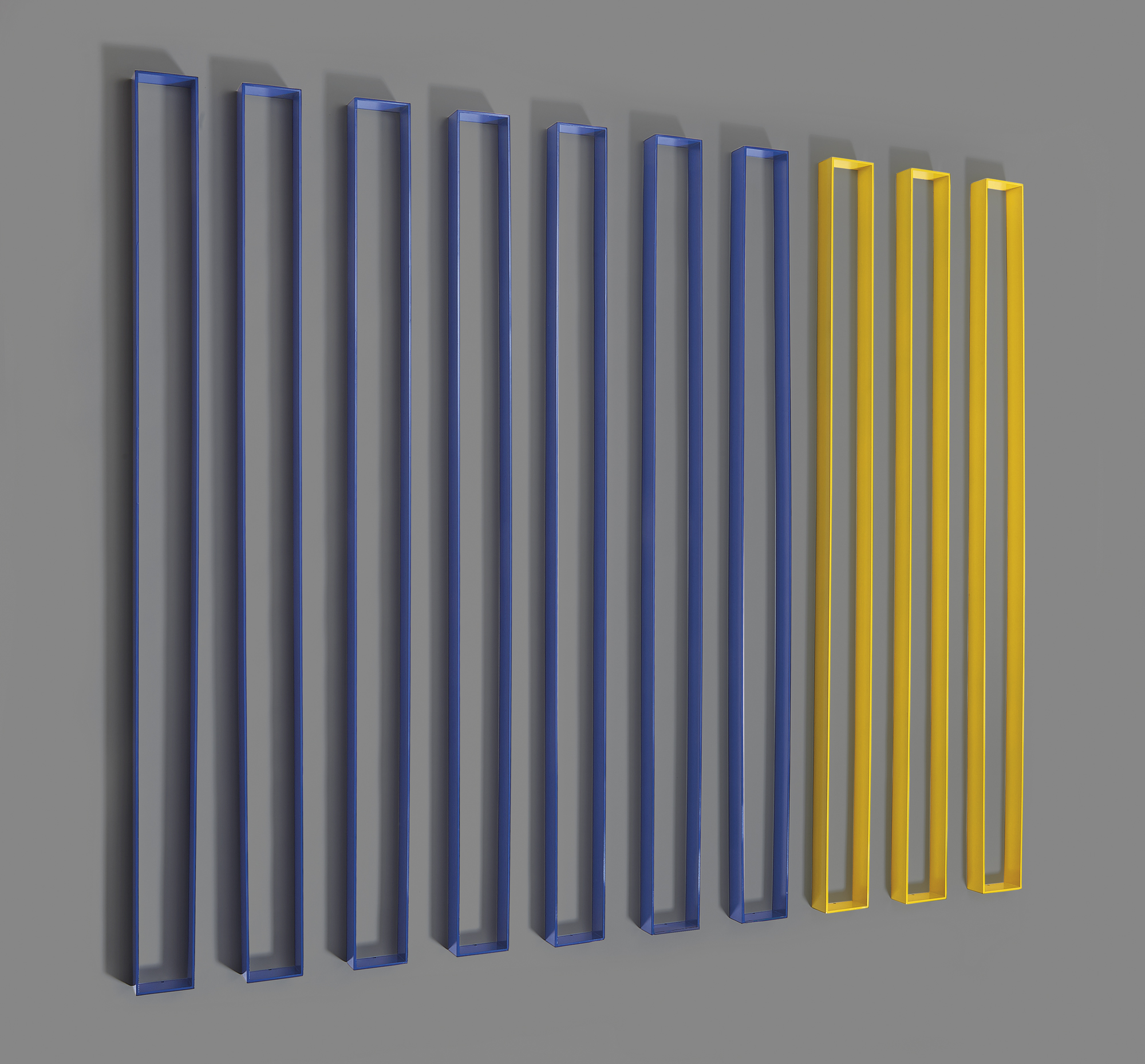Gottfried Honegger settled in Paris in 1939. He initially started working as a graphic and advertising designer, while also devoting himself to painting. The outbreak of war encouraged him to return to Zurich, where he frequented members of the Allianz group (Max Bill, Richard Paul Lohse) and took an interest in concrete art and its tutelary figures (Theo van Doesburg, Josef Albers).
He created his first Tableau-Relief in 1957 and lived in New York between 1958 and 1960. There he became acquainted with Abstract Expressionism artists (Mark Rothko, Sam Francis, Barnett Newman and Franz Kline), who he admired without necessarily sharing their artistic vision or their approach, which he considered too subjective.
His work rapidly found a favourable echo among artistic circles, whether in the United States or in Europe, where he returned in 1960 to live between Paris and Zurich. Like his predecessors, Honegger attempted to establish a model upon which to base his formal composition, be it pictorial or sculptural. Relief, monochromaticity, perpendicularity of lines, series, square and circle are arranged together through well-reasoned mathematical calculations. Although geometric abstraction remained his preferred field of expression, he explored a new avenue in it by integrating, in particular, the notion of randomness.
In 1990, Honegger and his companion Sybil Albers established the Espace de l’Art concret in MouansSartoux, near Cannes, whose permanent collection is made up of his remarkable collection of modern and contemporary art. Offered to France in 2002, it was inaugurated in 2004 as a museum, which became one of the main institutions devoted to this major 20th century art movement.
In 1999, Honegger’s oeuvre was presented at an exhibition at the Fondation Cartier in Paris. This was followed in 2006 by an exhibition at the Jardin du Palais-Royal, which focused on the sculptural dimension of his work, of which some monumental productions have left a permanent mark on public space. In 2015, a retrospective at the Centre Pompidou in Paris in turn paid homage to the exemplary artistic trajectory of this great representative of abstraction.
He created his first Tableau-Relief in 1957 and lived in New York between 1958 and 1960. There he became acquainted with Abstract Expressionism artists (Mark Rothko, Sam Francis, Barnett Newman and Franz Kline), who he admired without necessarily sharing their artistic vision or their approach, which he considered too subjective.
His work rapidly found a favourable echo among artistic circles, whether in the United States or in Europe, where he returned in 1960 to live between Paris and Zurich. Like his predecessors, Honegger attempted to establish a model upon which to base his formal composition, be it pictorial or sculptural. Relief, monochromaticity, perpendicularity of lines, series, square and circle are arranged together through well-reasoned mathematical calculations. Although geometric abstraction remained his preferred field of expression, he explored a new avenue in it by integrating, in particular, the notion of randomness.
In 1990, Honegger and his companion Sybil Albers established the Espace de l’Art concret in MouansSartoux, near Cannes, whose permanent collection is made up of his remarkable collection of modern and contemporary art. Offered to France in 2002, it was inaugurated in 2004 as a museum, which became one of the main institutions devoted to this major 20th century art movement.
In 1999, Honegger’s oeuvre was presented at an exhibition at the Fondation Cartier in Paris. This was followed in 2006 by an exhibition at the Jardin du Palais-Royal, which focused on the sculptural dimension of his work, of which some monumental productions have left a permanent mark on public space. In 2015, a retrospective at the Centre Pompidou in Paris in turn paid homage to the exemplary artistic trajectory of this great representative of abstraction.
